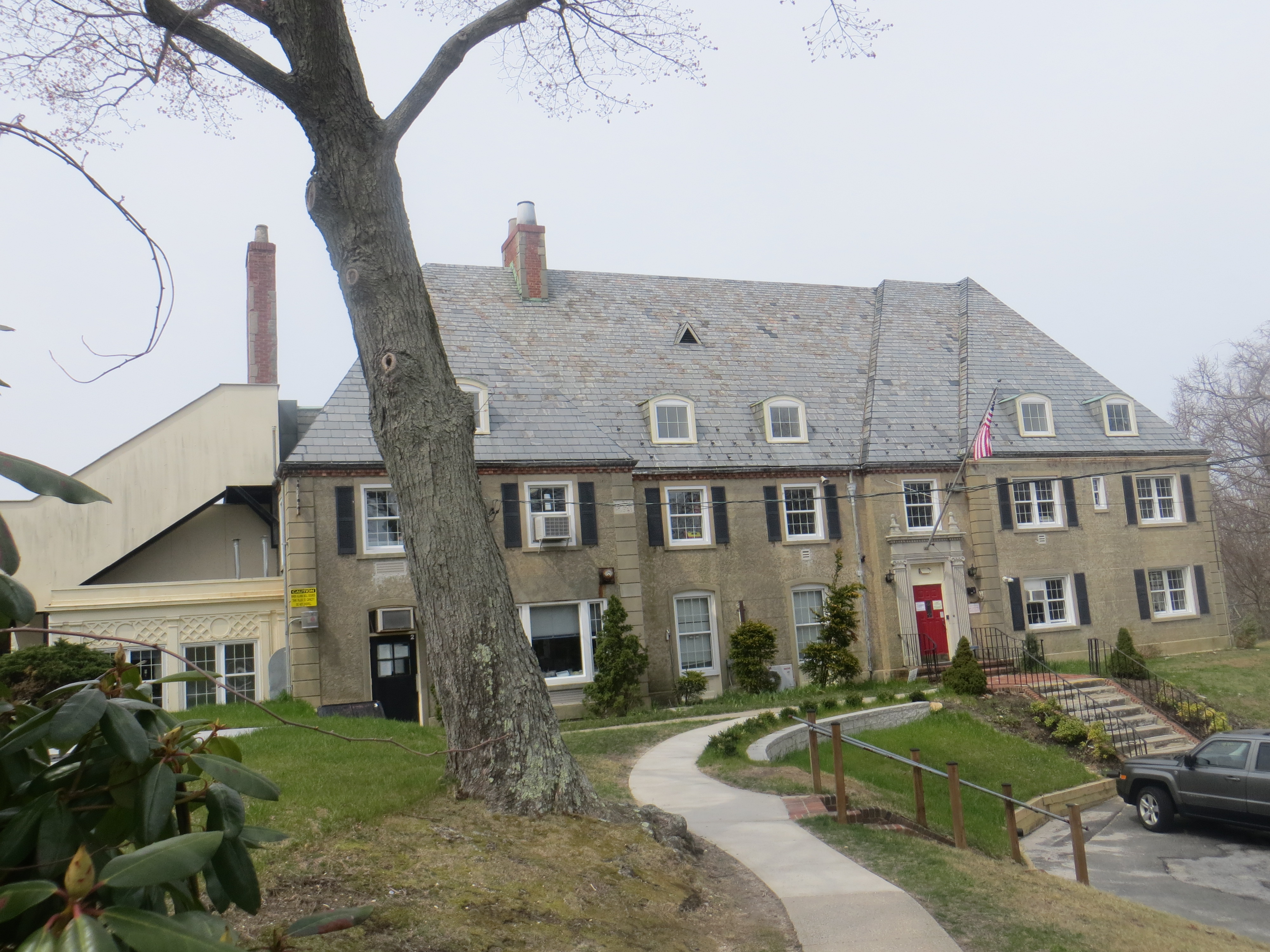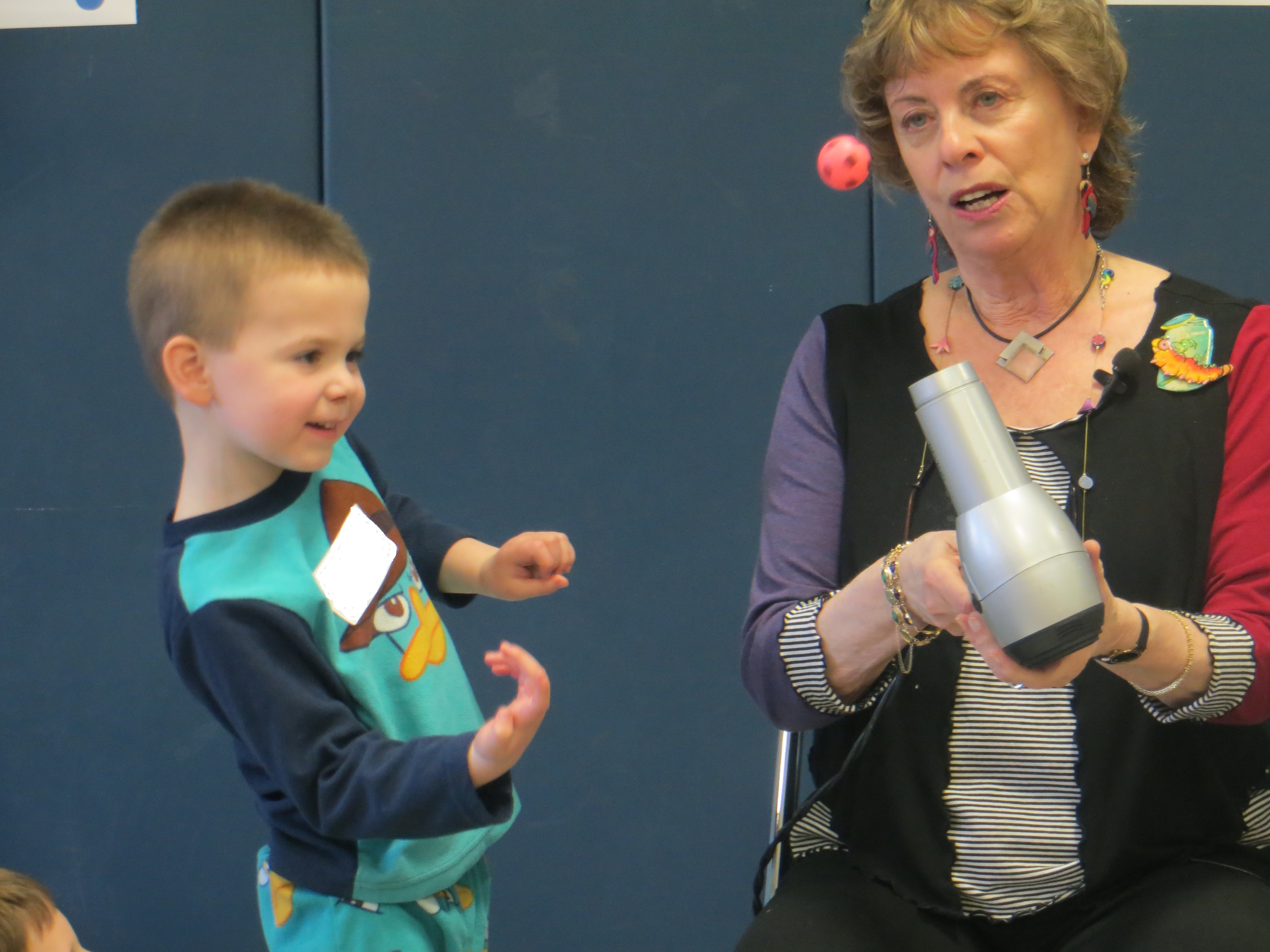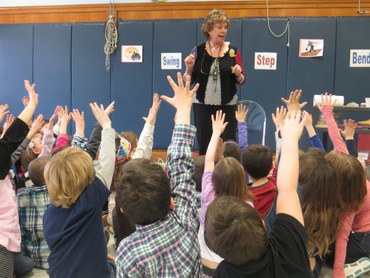Over the years, I have done countless school author visits, traveling to 49 states (only missing North Dakota) Canada and Mexico, Asia and Africa, Europe and the Middle East. I've been in excellent schools and indifferent schools but my recent author visit, this past June, to Briarcliff Elementary, a K-1 school in Shoreham, L.I., was an outstanding exception. During this period of national school "reform," as dictated by lawmakers and politicians, it is refreshing to see that that high quality education is alive and well in a public school. I have long believed that the quality of a school is due, primarily, to the passions, effectiveness and resourcefulness of the principal. My evidence is admittedly anecdotal. But I think it is worth examining in light of the clouds on the horizon by policy makers who have little first-hand knowledge of what education should be, who are in bed with the corporations that dominate the school market, and who are determined to "fix" something, like this school, that isn't broken.
The principal, Patty Nugent, is warm, outgoing and welcoming to her students, her staff and especially to me, a visiting stranger. She is obviously in control of her school and her time since she cleared her schedule to host me for the entire day. This almost never happens to me, an outsider, paid for by the PTA to "enrich" their children's experience of science. Typically, I am greeted by the principal who then disappears for the remainder of the day. Not here. Patty and I spent the day together in a free-wheeling discussion (between my programs) about the best ways to get children off to a great start on their journey towards meaningful lives. She began her career as a classroom teacher; then spent some time doing "Reading Recovery" so she has the hands-on experience working with children essential to an administrator whose title means "first" teacher. Her mission as principal is to empower her teachers so that they can inspire and empower their students. This is especially important for these young children who are just starting the process of acquiring the skills of literacy. She is not a micromanager, giving her staff plenty of room for their own creativity and critical thinking. Yet she will run interference with the powers-that-be and game the system, if necessary, to protect the learning that is going on in the classrooms.
The school building, with its bright red front door, looks more like a French Country Estate than the typical suburban school, perhaps because it was once a French girls' boarding school. It was, in fact, the model for the mansion featured in the Madeline books by Ludwig Bemelmans, who lived down the street from it.

There have been many extensions over the years adding space and facilities, but at least one classroom still has the heavy, dark ceiling beams of the original structure. Every hallway and classroom is festooned with student work giving the overall impression of creativity, industry and student engagement. There is a lot of hugging and hand-holding among students and teachers. But my biggest clue to the specialness of this school came from the behavior of the students and the role of their teachers at my performances.
One of the skills emphasized by the Common Core State Standards is listening. As a presenter, I watch my audiences carefully. Children can be twitchy, sleepy, chatty or even act-out attention-getting behavior during a presentation, especially the youngest children. As they say in the parlance of show business, it's a "tough room" to play. When I present to a K-1 group, I often follow the advice of author/illustrator Peter Catalanotto who long ago told me to seat the first grade in front of the kindergarten because the older children model better audience behavior than the younger ones. Everyone has a name card so I can call on them personally creating an instant intimacy as if I really know them.

My presentation to this age group is shorter than the one I do for older kids. It is very interactive with choral responses to many questions. I make a teabag fly, levitate ping-pong balls and blow up toilet paper. I can tell that they are engaged from the brightness of their eyes and how they lean forward towards me. My biggest challenge is to return them to a listening mode after they get excited. What struck me about the children of Briarcliff Elementary was that their involvement and decorum was well beyond my expectations for K-1. There was no lecture from their principal or teachers about how to behave at an assembly. Yes, they got excited and chatty with each other as they marveled at objects magically suspended in air. But they quickly quieted down, demonstrating unusual maturity and self-control. I almost never do Q & A with this age group because they often "share" a story instead of ask a question. However, I decided to break my rule because these children seemed ready for it. After I asked for questions and a child started to "share," his teacher gently interrupted and asked, "Is that a statement or a question?" The child immediately saw that his comment was inappropriate but he was not embarrassed or ashamed of his mistake. A school must be a safe place to make mistakes (even in public) and clearly Briarcliff is just that.
I visited a few classrooms and talked to some of the teachers who took obvious pride in their work. But they are all aware of the coming changes tied to the CCSS and fear that they will be constraining. In one classroom, there was a live webcam shot of a nest of baby eaglets on the large computer screen. The children were fascinated, watching this amazing bit of nature in real time. But the teacher confessed she could only put it on during "snack time" and there was no time in the day to explore books about eagles. She was afraid that soon she would be spending more time accounting for how she was meeting the new standards instead of actually meeting (undoubtedly surpassing) them. Already, excellent teachers are complaining that constant recordkeeping is eating into valuable instructional time. Top teachers know that when they teach well, they more than meet the standards. Let others observe them and parse the lesson. It's like asking concert pianists to notate the fingering of every piece they've mastered. (Not a good use of their time, to say the least.)
The teachers here are consummate professionals, not touchy-feely idealists or burnt-out apathetic veterans. A teacher came in to see Patty to share the results of an evaluation of a new student. They both knew exactly where the child was with respect to her reading skills and they have many arrows in their quiver to move her to the next level. No child slips through the cracks here.
In recent years the "reformers" have shone their spotlight on school "failures." Yet all good educators know that student achievement in schools is built on experiments -- taking risks, trying new things, seeing what works and building on the successes. They are realists who know that not every venture produces a home run. They also know that collaboration -- a collegial support system among the faculty and students working together -- builds more positive results than competition. Current policies are throwing out the baby with the bathwater. Suppose a school got rid of all its failing students? That would definitely solve its score-keeping problem. Getting rid of failing schools, punishing them for failing, and starting over with new schools to improve the scores is as doomed as a society full of high-school dropouts created by failing schools. As a former board member of a charter school, I saw first-hand how difficult it is to create a terrific school from scratch, no matter how well-intentioned the founders nor how well-funded the venture.
Why can't successful schools, like Briarcliff, help other schools? Why is a school's success often achieved by subversive practices that used to be hailed as great teaching? Why can't we just go back to letting teachers do what they dreamed of doing when they entered into this profession? The workplace is crying out for employees who can learn new things, who are creative, who are self-starters. Schools that prevent teachers from modeling these behaviors will not produce the educated workers that employers seek. It makes me sad that, in the public school landscape, Briarcliff is such a singular exception and that its wings may be clipped as an unintended consequence of the next dictum from on high.
This school year, Patty Nugent is the principal of Miller Avenue Elementary, a 2-5 school in the same Shoreham-Wading River School District.

